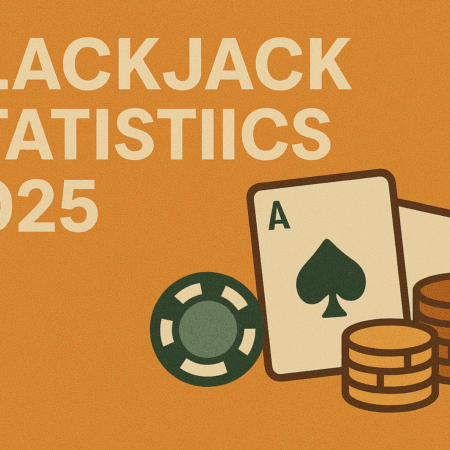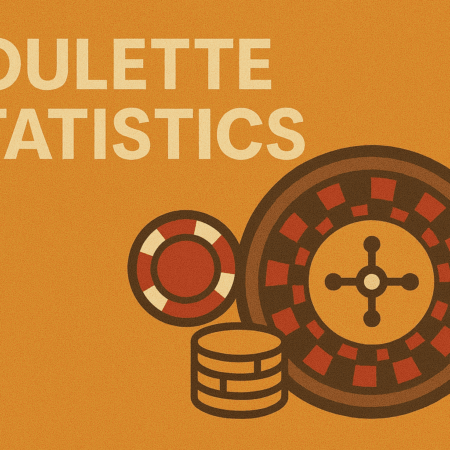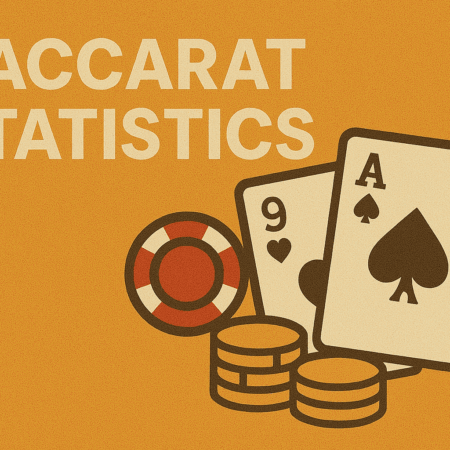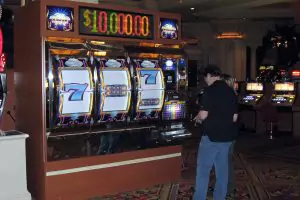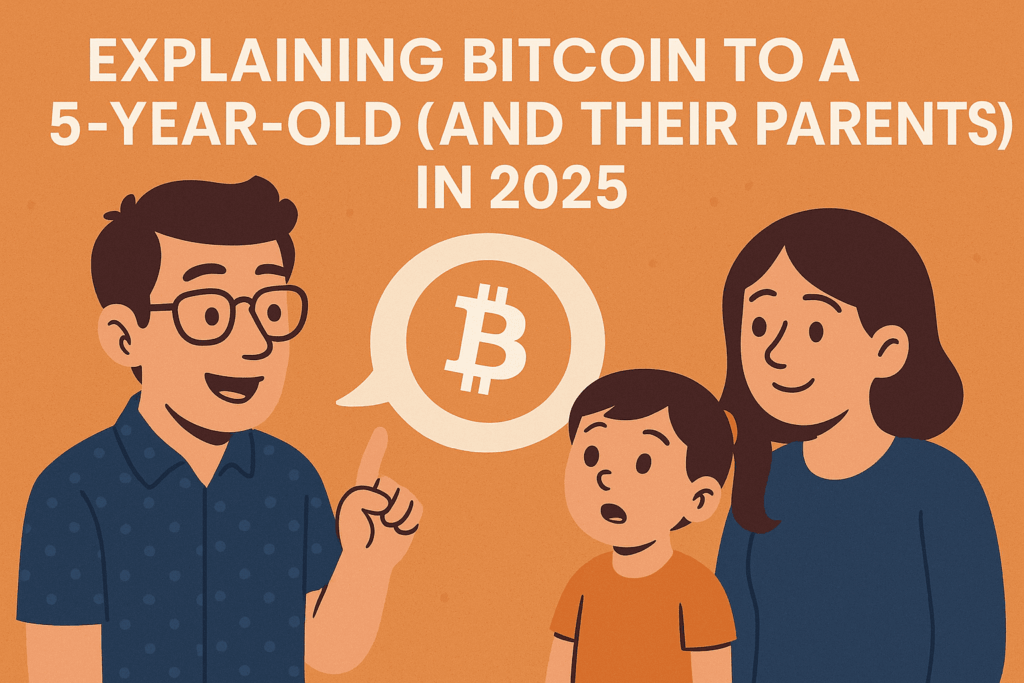
Bitcoin can feel like magic—especially if you’re five years old. But even grown-ups sometimes struggle to explain what Bitcoin is, how it works, and why people use it. So, whether you’re a curious kid or a parent trying to make sense of digital money, this guide breaks down the world of Bitcoin in a fun, simple, and safe way.
- Sign-Up Offer
- FREE 500 GC + 3 SC
- No purchase necessary
- 100% First-Purchase Boost
- Daily Login Bonus: 10 FS
- Social Media Contests
- VIP Exclusive Rewards
What Is Bitcoin? (For Kids)
Imagine you have digital LEGO bricks. You can use them to build anything—castles, cars, even a money fort. Bitcoin is kind of like that, but instead of building with plastic bricks, you use computer codes to create a kind of internet money.
It’s not made of paper or metal like the money in your piggy bank. Instead, it lives inside computers all around the world. You can’t touch it, but you can use it to buy things, just like real money.
Why Use Bitcoin? (The Fun Part)
Let’s say Grandma wants to send you birthday money but she lives far away. Usually, she might use a bank, and it could take a few days. But with Bitcoin, she can send it almost instantly, and you could buy your favorite toy with it in minutes (once your parents say it’s okay, of course!).
Bitcoin doesn’t need a bank to move money. It’s like sending digital stickers directly to your friend without a sticker book in between.
For Parents: Why Bitcoin Matters in 2025
In 2025, Bitcoin isn’t just a tech buzzword—it’s a globally accepted form of digital value. From emerging markets to e-commerce giants, more people are holding Bitcoin as both a currency and a long-term asset.
Key reasons:
- Faster payments: Lightning Network lets you send Bitcoin instantly.
- Lower fees: No bank middlemen.
- Limited supply: Only 21 million Bitcoins will ever exist, making it scarce and valuable.
How Does Bitcoin Work? (With Storytime!)
Let’s tell a story.
The Giant Digital Ledger
Think of Bitcoin as a giant magical notebook called the blockchain. Every time someone sends or receives Bitcoin, a new note is written in this notebook.
But here’s the twist: no one owns this notebook. Everyone in the world has a copy. So if someone tries to cheat and change a page, everyone else knows it’s fake. That makes Bitcoin really hard to mess with.
The Puzzle Masters
Now, how do the notes get into the notebook? Computers called miners solve puzzles to earn the right to write down the next note. When they solve a puzzle, they get rewarded with some new Bitcoin. That’s how new Bitcoin is created.
How to Stay Safe With Bitcoin
Kids: You wouldn’t give your toy box key to a stranger, right? The same goes for Bitcoin. To use it, you need something called a wallet—a special app or device that keeps your Bitcoin safe.
For Parents: 2025 Safety Tips
- Use hardware wallets for cold storage.
- Enable two-factor authentication (2FA) on all Bitcoin-related apps.
- Teach kids never to share private keys or seed phrases.
- Consider multi-signature wallets for family holdings.
Real-Life Bitcoin Examples (Kid & Parent Versions)
For Kids:
- You bought a Minecraft skin with Bitcoin.
- You helped your dad send Bitcoin to someone in another country in seconds.
- You and your friend made up your own game with digital rewards using tiny bits of Bitcoin (called satoshis!).
For Parents:
- You used Bitcoin at an e-commerce store that gave you 2% back in sats.
- You hedged inflation by dollar-cost averaging into Bitcoin monthly.
- You used Lightning payments while traveling abroad to avoid currency exchange fees.
Interactive Activity: Let’s Play “Bitcoin Builder”
What You’ll Need:
- Crayons and paper
- 1 large notebook (to act as your “blockchain”)
- Pretend coins or tokens (can be chocolate coins!)
How to Play:
- Write down a pretend transaction. Example: “Lily gives Ben 2 coins.”
- Let one child solve a simple puzzle (e.g., a riddle or math problem).
- If they get it right, they get to write the transaction in the notebook.
- Repeat and build your own “blockchain” of pretend Bitcoin history!
This helps kids grasp how blocks are added and validated in a fun, hands-on way.
Glossary for Kids & Curious Parents
| Word | What It Means (Kid Version) |
| Bitcoin | Internet money you can’t touch but can use to buy stuff |
| Blockchain | A magical notebook where all Bitcoin trades are written |
| Wallet | A special box (app or device) that keeps your Bitcoin safe |
| Miner | Puzzle solvers who earn Bitcoin for writing new pages |
| Lightning | Super-fast way to send Bitcoin, like a rocket sticker |
| Satoshi | The tiniest piece of Bitcoin—like a crumb from a cookie |
| Private Key | A secret password that unlocks your Bitcoin piggy bank |
Final Thoughts: Explaining, Not Just Teaching
Bitcoin is more than a buzzword—it’s part of a growing digital future that your kids will live in. Helping them understand Bitcoin now (in playful, age-appropriate ways) gives them a huge head start on digital financial literacy.
As for parents? This is your opportunity to bond with your kids over tech and money—and maybe build some sat stacks together while you’re at it.
FAQ: Bitcoin for Beginners & Parents in 2025
What age is appropriate to teach kids about Bitcoin?
Kids as young as 5 can understand the basic idea of “internet money” if taught through analogies and games. By age 8–10, they can start understanding basic transactions and even use kid-safe crypto wallets under supervision.
Is it legal for kids to own Bitcoin?
Yes. There are no age restrictions on holding Bitcoin itself, but minors typically need a parent or guardian to manage wallets and exchanges on their behalf.
What’s the safest Bitcoin wallet for families?
Multi-signature wallets like Casa or Unchained Capital allow shared access and are excellent for family storage. For beginners, Trezor and Ledger hardware wallets offer high security.
How do I explain mining to a kid?
Say that miners are like math wizards solving puzzles. When they solve one, they earn a reward: some new Bitcoins. It helps keep the Bitcoin system fair and running smoothly.
What are satoshis and how do they work?
Satoshis are tiny pieces of Bitcoin—just like cents in a dollar. There are 100 million satoshis in one Bitcoin. This makes it easy to spend small amounts even if you don’t own a whole Bitcoin.
Can Bitcoin be used to buy real things in 2025?
Yes. Thousands of stores and websites now accept Bitcoin, and apps like Strike, Cash App, or BitPay allow you to spend Bitcoin or convert it instantly to local currency.
How can I make sure my child doesn’t lose their Bitcoin?
Use custodial wallets for very young users or store BTC in a cold wallet with shared access. Teach them early on about keeping seed phrases private and what scams look like.

 Canada
Canada Deutsch
Deutsch Español
Español Português
Português